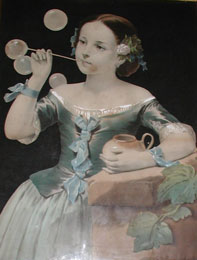Susan Bell Dinsmore
(1835 – 1851)
 Susan Bell Dinsmore was born on September 10, 1835, the third and last daughter of James and Martha Macomb Dinsmore. She was named for her grandmother, Susanna Bell, who married James’ father, John Dinsmore. Like her older sister, Julia, Susan was born on her father’s sugar cane and cotton plantation, Bayou Black, near Houma, Louisiana. As the youngest member of the family, there is reason to believe that more attention was lavished on Susan than her sisters. Looks were considered important for women in nineteenth-century America and Susan was apparently fortunate in this category. In a letter to his wife in Lexington, Kentucky James wrote that he had talked to a mutual friend and that “she says that the children have improved so that I would hardly know them – that Susy is the prettiest child she ever saw.”1 Although the family called their youngest Susy or Susie, every now and then a “Sudy Sweet” or a “Sweet Sudy” would slip into letters and poems.
Susan Bell Dinsmore was born on September 10, 1835, the third and last daughter of James and Martha Macomb Dinsmore. She was named for her grandmother, Susanna Bell, who married James’ father, John Dinsmore. Like her older sister, Julia, Susan was born on her father’s sugar cane and cotton plantation, Bayou Black, near Houma, Louisiana. As the youngest member of the family, there is reason to believe that more attention was lavished on Susan than her sisters. Looks were considered important for women in nineteenth-century America and Susan was apparently fortunate in this category. In a letter to his wife in Lexington, Kentucky James wrote that he had talked to a mutual friend and that “she says that the children have improved so that I would hardly know them – that Susy is the prettiest child she ever saw.”1 Although the family called their youngest Susy or Susie, every now and then a “Sudy Sweet” or a “Sweet Sudy” would slip into letters and poems.
Prior to 1839, when she accompanied her mother and sisters to Lexington, the grey-eyed Susan learned to read and do basic mathematical problems at home from her mother. Once in Lexington, the girls had access to better educational opportunities and by 1841, Susan was attending a regular school. Martha wrote that even in the worst of weather, the girls “even little Susy [throw] on their cloaks & seem buried with umbrellas when the wind is not too high & baskets of dinner trudge off in the storm as cheerfully as if the sun shone & all was light.”2 At the young age of six, Susan wrote her father from Lexington: “I have now been at school four weeks and like it very well and my Teacher says I read better than any girl in her little class which makes me feel very happy as I try to do my very best and I know you will be pleased too when I tell you that some of the girls are older than I am.”3 She was studying reading, spelling, mathematics, history, and geography.
In June 1842, the Dinsmore family moved into their new home in Boone County, Kentucky near Belleview Bottoms. Susan’s parents hired Ms. Eugenia Wadsworth, from New York, to tutor their daughters until they were sixteen and old enough to attend school in Cincinnati, Ohio. Susan learned to play the piano, a skill required of refined young ladies, and she began studying astronomy in addition to her other subjects. Her new surroundings were quite a contrast to the boarding house in Lexington, and Susan wrote a Lexington friend about the change:
We have had the deepest snow seen in Kentucky for a great while.... I like our place very well only it is to (sic) lonely. It is about a mile from the river far in the woods. The house I like very well it is roomy and convenient but not yet finished. We have no garden or other fixings as Boo says. We see a great many rabbits and partridges.... The place is full of ravines and hills.4
When Ms. Wentworth married Thomas Dinsmoor, the youngest son of Uncle Silas Dinsmoor, in the late 1840s, Susan’s older sister, Isabella, took over her education.
Although James, and occasionally Julia or Isabella, would visit his brother John’s and his sister Catherine Goodrich’s families near Ripley, New York, and take trips to Louisiana and Missouri, Susan rarely traveled far from home. But in June 1851, she left her family and journeyed by train and boat with her cousins, Mary Ann and Susan Goodrich to Ripley for a visit that was to last at least a month. At the same time, Isabella was visiting some relatives on her mother’s side, the Flandrau family in Rome, New York. On June 28th, Susan wrote home to her mother from Ripley describing her voyage and her cousins, some of whom she had never met:
We went on the Albany from Cleveland to here. It was a strong pleasant boat with very few passengers on board. The lake was beautifully calm when we got on the boat and though there was a slight squall about ten oclock we were not at all sea sick not even Susie Good though she was sick almost the whole way on the cars. Poor little Frank [B.F. Goodrich] cried heartily when he saw his sisters. All the children are dear little things.... Jimmy is “all my fancy painted him” but by no means lovely or divine and just as if her were not ugly enough naturally he has taken the chicken pox which of course makes him more frightful still.5
That was all the family heard from Ripley until the evening of Saturday, July 21st, when both Isabella and James received a telegraphic message. The note to Isabella, which was sent to William Dinsmore in Staatsburg, New York read: “Susan Dinsmore – Mary Ann Goodrich were drowned Saturday. Inform Belle Susan has been sent to Kentucky.”6
On the 22nd, James took a boat to Cincinnati to wait for the remains of his “darling Susie,” and wrote to Martha, “We must remember that altho’ we may sorely miss the society of our darling child here, we have an Angel child in heaven.”7 Susan’s Aunt Mary (Silas’ wife) focused on another theme of death—how lucky Susan was to leave the world before she experience the sorrows of life: “Her pure heart was never rent by sorrow – she lived loving & beloved & has escaped all the ill that flesh is heir to in this tempestuous world.”8 The young girl’s body arrived in Cincinnati on the evening of July 23rd, accompanied by a nephew, William Dinsmore, and S. Marvin, and she was then taken by boat to Boone County, to be quickly buried in the family graveyard.
Soon after the burial, James sought out details of the accident. The one closest to Susan when she drowned was William Bell, perhaps another relative. Although James wrote him asking for details of his daughter’s last minutes – what she said and did – if Bell wrote back, the letter was not saved with the normal family correspondence. The only account of the accident that survives among the family letters is that written by George W. Patterson, a merchant of Ripley, to William Dinsmore in Staatsburg. He apparently intended this account for Isabella because William immediately copied the Patterson letter in a letter he wrote to Isabella in Rome. According to Patterson, Susan and Mary Ann had been visiting at John Dinsmore’s when John’s son, William, suggested the young people go for a ride. Six of the young people went out to the lake, including Mary Ann and Susan Goodrich and Susan Dinsmore. First William Dinsmore took Mary Ann and Susan Dinsmore out in the boat. When they returned to shore, Bell tried to coax the other ladies into the boat but they declined, so he took the boat out with Mary Ann and Susan again. When about a half mile out, he noticed the boat was taking on water.
Bell turned for shore – but soon found that the boat must sink unless he left it. He therefore got overboard and swam towards the shore, holding upon one side of the boat, and in that way got within about 6 rods of the shore, when a retuning wave upset the boat and Mary Ann Goodrich. He caught Susan and got her on top of the boat, but very soon another wave carried her off and she too sank, and it was with great difficulty he was saved.9
Her body was spotted at about 9 o’clock Sunday morning and was brought to shore by some local swimmers. Mr. Patterson thought it important that all know that no blame should fall on anyone – no one could have known that the boat would spring a leak. It must have been incredibly distressing for Bell to have retuned to shore alive when the two women under his care were dead, but as his path never again crossed the path of the Dinsmore’s again, his life after this accident remains a mystery.
There is a Dinsmore family story that after Susan’s death, James wanted something in the house to remember her by. Hair would normally have been clipped from the body and braided or used in jewelry during this time period, but the condition of Susan’s body would have cancelled out this option. Because photography was still rather new, there were no photographs of Susan to enlarge or copy. So James found a print in Cincinnati of a young brown-haired girl blowing bubbles. He thought it looked so much like his “sweet Susie” that he hung it in the dining room, where it is today.
1 James Dinsmore to Martha Macomb Dinsmore, 16 March 1839.
2 Martha Macomb Dinsmore to James Dinsmore, 14 December 1841.
3 Susan Dinsmore to James Dinsmore, 2 December 1841.
4 Susan Dinsmore to Dr. Bartlett, 24 January 1843.
5 Susan Dinsmore to Martha Macomb Dinsmore, 28 June 1851.
6 Wm. W. Dinsmore to Wm. B. Dinsmore, 21 July 1851.
7 James Dinsmore to Martha Macomb Dinsmore, 22 July 1851.
8 Mary Dinsmoor to Harriet Dinsmore, draft, 26 October 1851.
9 William B. Dinsmore to Dr. Flandrau, 24 July 1851.
